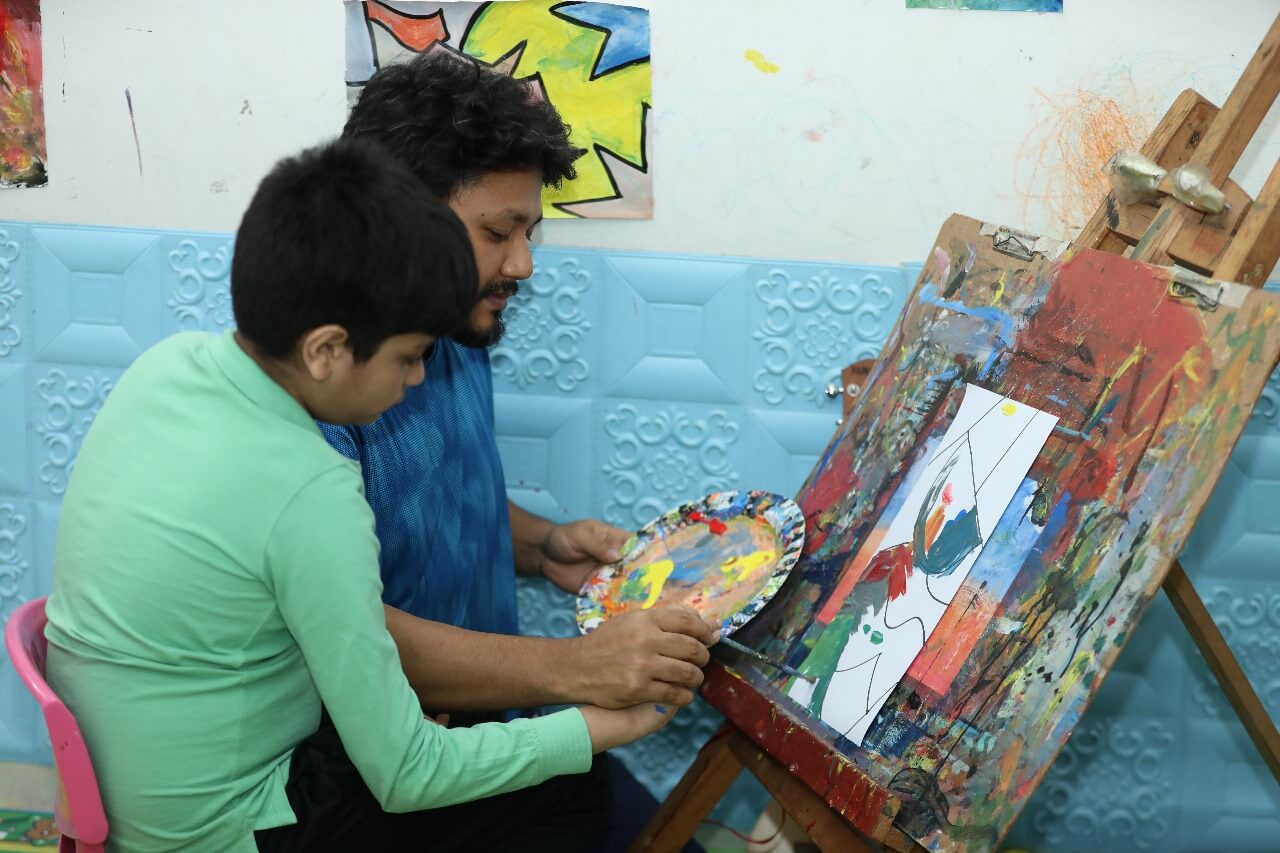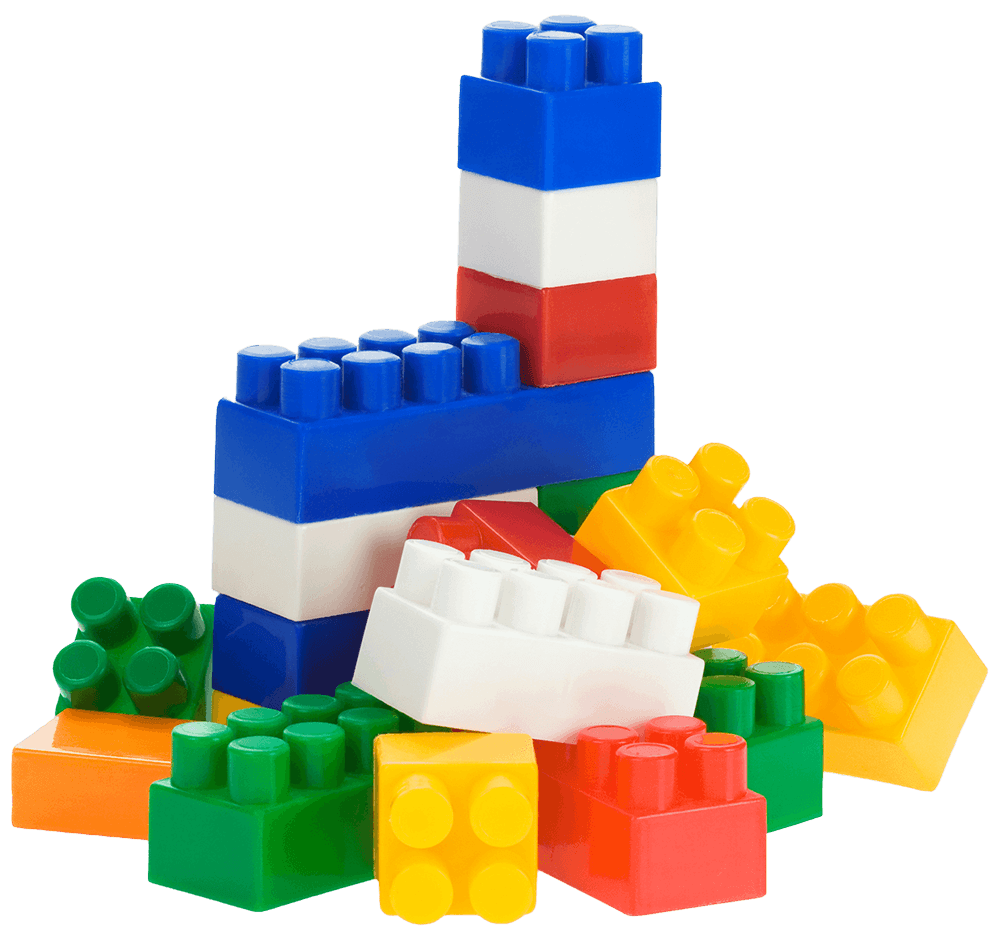Arts and Craft
Explore More about our services
Art and craft activities encompass a wide range of creative endeavors that involve using various materials to produce visual or tactile works. Engaging in art and craft is crucial for the development of a child’s mental health for several reasons.
Key Features
- Fine Motor Skills
- Gross Motor Skills
- Eye-Hand Coordination
- Concentration and Patience
- Sensory Stimulation
- Expression Regulation
- Boosts Confidence and Self-Esteem
- Enhances Problem-Solving Skills
- Promotes Social Interaction
- Reduces Stress and Anxiety





More Details About arts and craft Key features
Fine Motor Skills: Art and craft activities involve precise movements of the hands, fingers, and wrists. This helps in developing fine motor skills, which are essential for tasks like writing, buttoning clothes, and using utensils.
Gross Motor Skills: Some art activities, such as painting on an easel or sculpting with clay, require broader movements. This helps in the development of gross motor skills, which are crucial for activities like running, jumping, and playing sports.
Eye-Hand Coordination: Engaging in art and craft activities requires a child to coordinate their hand movements with what they are seeing. This enhances eye-hand coordination, which is vital for tasks like catching a ball or using tools.
Concentration and Patience: Creating art demands focus and patience. This helps children practice sustained attention, a skill that is beneficial for academic learning and other activities that require concentration.
Expression and Emotional Regulation: Art provides a non-verbal outlet for children to express their thoughts, feelings, and experiences. It allows them to process emotions and develop coping mechanisms, which are crucial for mental health.
Boosts Confidence and Self-Esteem: When children see their creations taking shape, it instills a sense of accomplishment and boosts their confidence. This positive reinforcement is crucial for building a healthy self-esteem.
Enhances Problem-Solving Skills: Art often involves making decisions about colors, shapes, and materials. This encourages critical thinking and problem-solving abilities, which are valuable life skills.
Promotes Social Interaction: Participating in group art activities encourages interaction and cooperation among children. This helps in developing social skills, including sharing, taking turns, and working collaboratively.
Sensory Stimulation: Engaging with various art materials provides sensory experiences, stimulating different senses like touch, sight, and sometimes even smell (in the case of certain paints or clay). This sensory input can be calming and enjoyable.
Reduces Stress and Anxiety: Art can be a relaxing and therapeutic activity. It allows children to unwind, focus on the present moment, and reduce stress levels.
In summary
Art and craft play a multifaceted role in a child’s development, encompassing physical, cognitive, emotional, and social aspects. By providing opportunities for creative expression and skill development, art contributes significantly to a child’s overall mental health and well-being.








